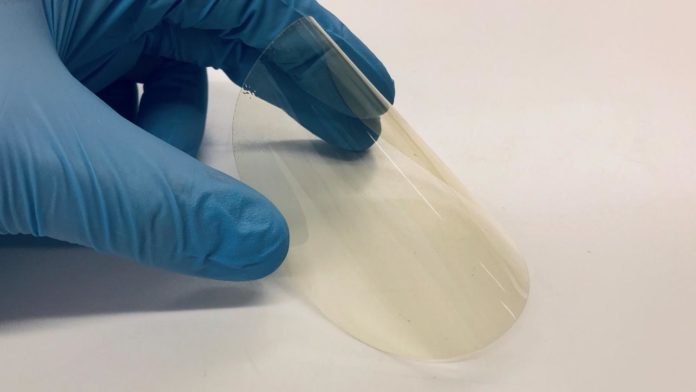Plastic, despite the greener initiatives, remains the king in many industries and also in the daily lives of the citizens. The alternative is a bioplastic, a new type of plastic made from plants or other biological materials instead of petroleum.
Now, a team of researchers at Finland’s University of Oulu has developed new synthetic bioplastic that, unlike traditional carbon-based plastics or other bioplastics, provides protection from the sun’s ultraviolet radiation. It not just blocks the harmful UV radiations, but is also 3-4 times more airtight than the standard PET plastic. The transparency of the bioplastic is still good.
Using biomass as a substitute for chemicals is one of the most important aspects of reducing dependency on fossil-based resources. The researchers have developed an entirely biomass-based copolymer that is made of the two raw materials: hydroxymethylfurfural (HMF) and furfural, which are biorefinery products derived from cellulose and hemicellulose. By chemically linking these two materials, researchers were able to create copolymer parts with both bisfuran and furan-like structures.
The resulting high-performance bioplastic can, as mentioned above, effectively prevent UV radiation from passing through thanks to its bisfuran structure. It is a completely biodegradable and compostable alternative aims to replace the traditional plastic bags used in the supermarket for food, vegetables, or other items and thus significantly reduce the carbon footprint.
Importantly, the new material is suitable for the protection of these items from the harmful effect of direct sunlight. The team says, it can also be used in high-tech applications such as chassis materials for printed electronics also require advanced material protection features.
The team has already filed a patent application for this method. And the results of the research are published in ACS’s Macromolecules and Biomacromolecules.
